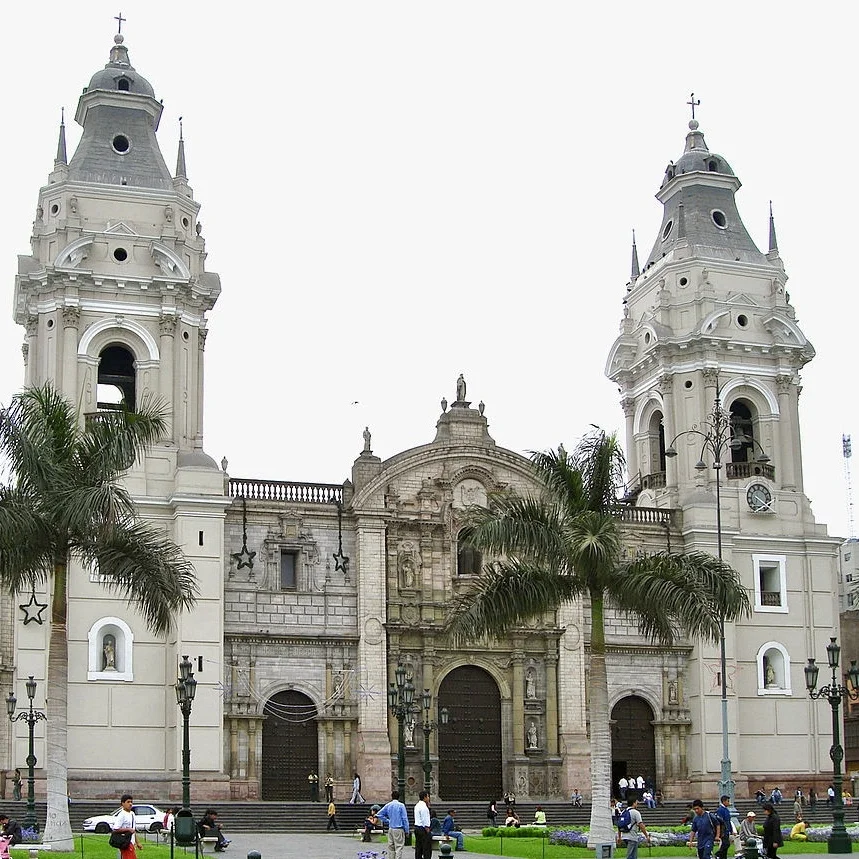WHAT TO DO IN PERU FOR FOUR DAYS
Republic of Peru is located on western part of South America, on the coastline of southern Pacific Ocean with neighbouring countries such as: Ecuador to the north, Colombia and Brazil to the east and Bolivia and Chile to the south. It has a total population of over 30 million people and total area of 1.29 million km2. Population of Peru is multi-ethnic and includes: Amerindians, Europeans, Africans and Asians, and main language is Spanish. A significant portion of the population speak Quechua and/or other native languages.
Peru is a beautiful and extremely biodiverse country with a variety of habitats ranging from the arid plains of Pacific coastal region to the peaks of Andes mountains, which also virtually extends from the north to the south, then on to the Amazon Basin and river.
Peru was home to ancient cultures that date back from the Norte Chicho civilisation in 3500 to 1800 BC. However, earlier evidences of human presence go back to Andean societies approximately in 9000 BC. Other cultures flourished as well after Norte Chico, such as the Cupisnique from 1000 to 200 BC and the Chavin from 1500 to 300 BC. The first thousand AD witnessed the emergence of the Paracas, Nazca, Wari, Mochica and Chimu societies. The Mochicas were famous for their sophisticated irrigation system and ceramic pottery, as well as their lofty buildings and advanced metalwork. The Chimus were strongly present from 1150 to 1450 and were known as great city builders of pre-Inca civilisation.
In the mid 15th century, Incas emerged as a powerful ruler for a century. They formed the biggest empire in pre-Columbian America, basing its capital in Cusco, famously under the rule of the great emperor Pachacuti and his son, Topa Inca Yupanqui. During this time the Incas incorporated a significant portion of western South America, from Colombia to Chile and centred on the Andean mountains. Under the Inca reign, worship of Inti, the Sun God, was imposed and the King of Sapa Inca was considered the child of the sun.
The Spanish Empire took control when they defeated the last Sapa Inca, Atahualpa, in 1532 and became one of the most important and long campaign that started the Spanish colonization of the Americas. They established a Viceroyalty and based its capital in Lima and since then the indigenous population drastically collapsed due to exploitation, socioeconomic changes as well as epidemic diseases introduced by the conquerors. Most people during this time were forcefully converted to the Catholic religion.
Peru proclaimed its independence in 1821. Three years later, after the battle of Ayacucho, it finally ensured its independence against the Spanish. The country since then has gone several transformations from oligarch to democratic systems, as well as periods of political unrest, internal conflict and both economic stability and instability. Today, the country is a democratic republic that is divided into 25 regions and its main economy is derived from mining, manufacturing, fishing, agriculture and tourism.
My sons and I went on our South American adventure back in 2011, where our first stop was Argentina. We stayed in Buenos Aires for about three days, then flew to Ushuaia for skiing for four days. Originally, we were supposed to go to Bariloche in Patagonia, but due to the volcano eruption in Chile we were diverted to Ushuaia instead. After Ushuaia, we flew via Buenos Aires to Lima and spent 4 days in Peru altogether.
Our main destination was of course the famous Machu Picchu. Upon arrival in Lima in the morning, we connected on a flight to Cusco and based ourselves in this ancient city for two nights. One full day was needed to visit Machu Picchu if you decide not to stay in Aguas Calientes, the city close to Machu Picchu. There are several sites that are very much worth visiting in Cusco.
***Note: it is very helpful to stay and rest first for a day or two in Cusco prior to going to Machu Picchu as many people such as myself got altitude sickness (I even fainted!) Cusco is about 3,400 meters above sea level and is at much higher elevation than Machu Picchu.
From Cusco, very early in the morning, we took a train to Aguas Calientes and then the public bus to Machu Picchu. It was a “Plane-Train-Bus” journey, which was quite exciting for me and my two then-teenage sons! We spent half a few hours in Machu Picchu and then headed back the same way to Cusco. We then spent an entire day in Cusco before flying back to Lima, where we stayed for another two days. You must get tour guides in Cusco and Machu Picchu and book your tickets for all these sites in advance. Almost all the ancient sites are controlled by the Peruvian government.
Recommended Airlines
From the UK: British, Iberia, Air Europa and Air France.
From Others: LATAM, Air Canada, American and Delta.
Domestic (to Cusco): Peruvian and LATAM.
Airports
Lima: Jorge Chavez International Airport.
Cusco: Alejandro Velasco Astete International Airport.
Recommended Hotels
Cusco: Belmond Monasterio, Casa Cartagena Boutique, Aranwa Boutique, Palacio del Inka and JW Marriott.
Lima: Westin, Miraflores Boutique, Radisson San Isidro, JW Marriott, Belmond Miraflores Park, Melia and Crowne Plaza.
Recommended Restaurants
Cusco: Limo, Kusikuy Restaurante, Uchu Peruvian Steakhouse, PER.UK, Limbus Restobar and Restaurant Sumaqcha.
Lima: Saqra, Malabar, La Rosa Nautica, Panchita Sazon Criolla, Punto Azul, San Ceferino, La Mar Cebicheria and La Picanteria.
*** Note: trying the famous classical Peruvian dish CEVICHE, especially when you are in Lima is a must!
Places . . .
Recommended Places to Go . . .
Featured . . .


